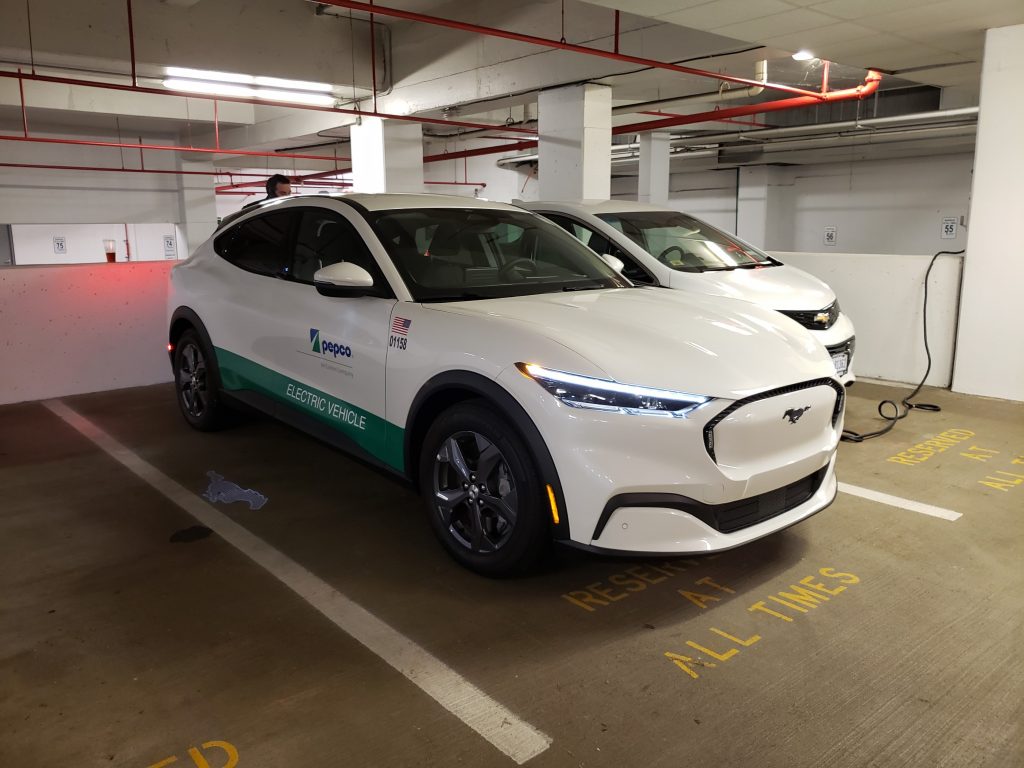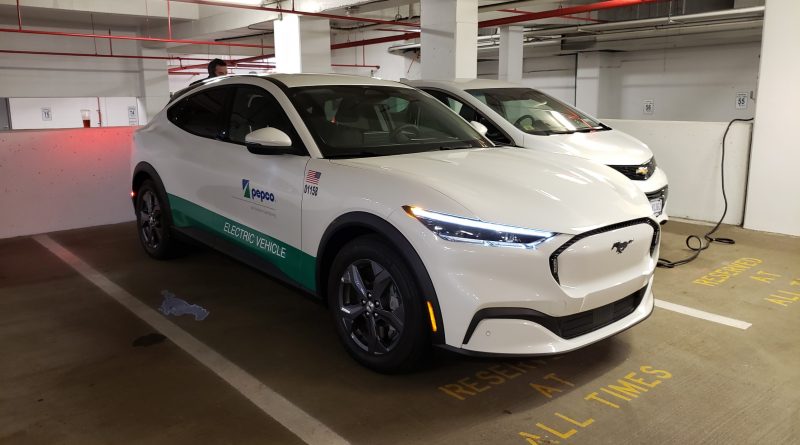But Weight, There’s More: The Achilles Heel of Electric Vehicles
A recent article— that came to my attention through UC Berkeley Haas, which produces a lot of interesting stuff- takes a hard look at the electric elephant in the room– well, the particular one that doesn’t involve the environmental impact of materials sourcing or the state of the American power grid (there are a few electric elephants). The article, by Blake Shaffer, Maximilian Auffhammer, and Constantine Samaras, argues that weight is a huge and overlooked externality of electric cars. Heavy electric cars, the academics conclude, are more likely to result in fatalities in the event of an accident. They also end up using a lot more energy to move the same distance. This is a huge problem in the land of the single-occupant suburban home.
They comment:
“When Garth Brooks rides his future electrified Ford F-150 Lightning around downtown Nashville, with his battery in low places, he is bringing along 6500 pounds of steel, battery and perceived toughness. We are into comparisons. That is the equivalent of two Toyota Camrys. Or a regular internal combustion engine powered F-150 plus 1550 pounds of battery and support weight. That is the weight of an American Bison or a Holstein Cow. As Mike Anderson and Max pointed out many moons ago, heavier vehicles impose an externality on other traffic participants. Garth is safer, but everyone else is less safe if they get hit by a much heavier car than if Garth had bought the regular F-150. This is a classic externality story.”
Beyond the idea of factoring in the rate of fatalities or the severity of injuries that are possible with a much heavier vehicle, there are other questions of energy input to distance traveled, or wear and tear on roadways in a country that can’t afford to maintain all of the sprawl it has built. The first one is pretty easy to quantify, and EV gurus look at this question in depth. When we’re looking at side-by-side comparisons, miles per gallon of gasoline competes with “miles per gallon equivalent” in electric cars. Because so much of the gasoline burned in a car is lost to heat– and only a small fraction of the thermal energy actually gets transferred to moving the car- electric cars begin looking two or three times more efficient than a gas powered car. This is why when you go to the dealership, you’ll see MPGe numbers that are more like 90 or 120mpge instead of 20-30mpg for gas.
MPGe, meet “KWh per mile traveled”
So, even a heavy electric car is an improvement. But this improvement becomes frustratingly alienated from the purpose of actually reducing energy consumption and rectifying the climate crisis when you look at how different cars compare. The major bummer? The Big Two and a Half, referring back to the midcentury era of heavy, huge sedans, remain fully entrenched in the era of the Very Large Truck and SUV. Tesla outperforms, and Hyundai does quite well, too, with their new Ioniq. Reading this list was a bit surprising to me as a driver– given that the Model 3 comes in only a few hundred pounds heavier than a Honda Civic. (Our CRV, for example, easily pulls 38mpg on the highway, though it weighs almost 1500 lbs more than our old Honda Civic). While most of the least efficient cars are a full two decades old– remember that whole time the automakers tried to push EVs for about 45 minutes in like 2001?- the 2020 Porsche Cayenne Turbo S comes in at a whopping 0.5kWh/mi, barely outstripped by the 2019 Audi e-tron (0.46 kWh/mi).
While the Ford Mustang Mach-E comes in at 0.33-0.37kWh/mi, making it comparable to Tesla’s flagship Model S (0.28-0.38, depending on how many motors and what year), this still makes the Mach-E around 50% more expensive to operate than a Hyundai Ioniq or a Tesla Model 3. Some of these issues will be resolved over time as batteries become more advanced. It’s likely that we will see well-developed charging networks along places like interstate highways as a tool to try and reduce reliance on gigantic battery packs, which account for an astounding portion of the weight of an electric car.

Tax By Weight, Not By Fuel Type
For the authors, a shift in tax policy seems to be a good place to start. They say that we need to start taxing vehicles not by whether they’re electric or gas powered, but by weight. As cars get heavier and larger, automakers have avoided some of the environmental policy issues by classifying certain vehicles as light trucks instead of cars. It’s frankly a stupid distinction. Classifying cars based on their weight and taxing them accordingly addresses this important externality, and also means that Those Liberal Elites buying $50,000 Teslas will pay a comparable amount to people buying that icon of working class virtue, the $50,000 Dodge Ram (ICE-powered).
And the final point? Americans, the authors say, need to just drive less:
“…do we really need to drive 6,500 lbs. for three miles for one person to pick up a gallon of milk? The answer is a clear no. Removing the implicit subsidies that cars enjoy (free parking, a road system, and urban design centered around a car economy) has to be a long-run goal.”
This last one is, of course, not a popular– remember how offended MDOT got when our transportation policy workgroup tried to propose VMT reduction as a vital policy target? But we really can’t decarbonize our transportation sector by building more SUVs. It’s the sprawl-conomy, stupid! Check out the article here, and read more about the past, present, and future of mobility and infrastructure.
Happy election day, people. Go vote.



